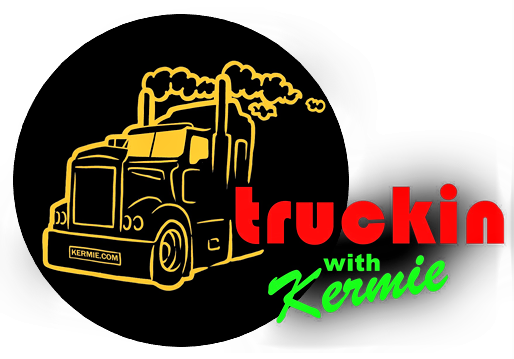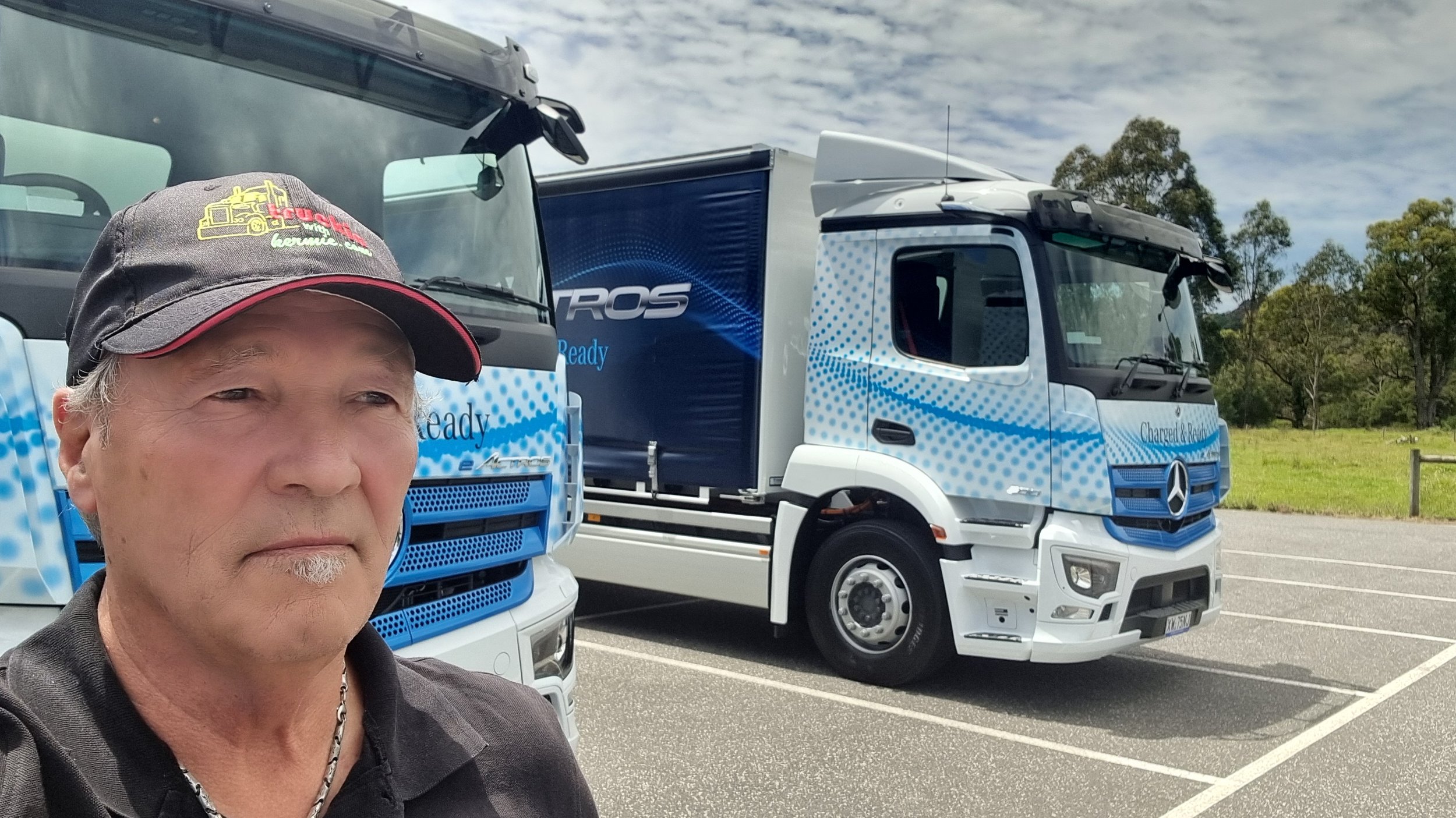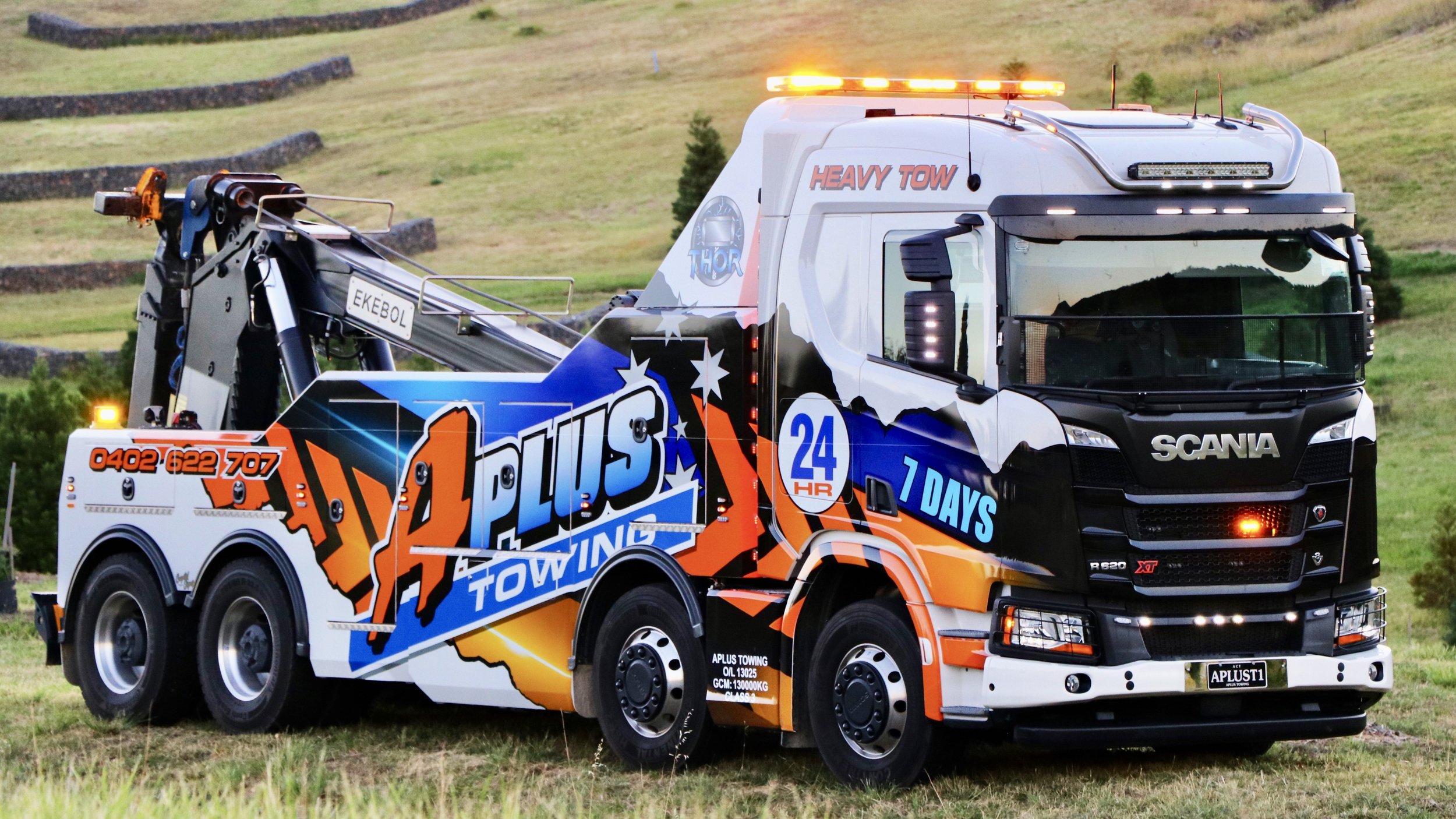eActros First Drive: Talking About a Revolution
Over 100 years ago Karl Benz revolutionised the world when he invented the automobile. And the world laughed. But not for long. As soon as it was permissible to drive a vehicle without someone walking along in front of it with a red flag, transport was transformed. ‘Horsepower’ came to mean something else entirely.
They probably called him, “Crazy Karl.”
In those intervening 100 plus years, propulsion for cars and trucks has evolved and been refined, but has substantially remained the same. Whilst some have played around with other means of power, the internal combustion engine (ICE) has reigned supreme. Until now.
Whether you like it or not – and talking to the average truckie, it appears most don’t – the fact is that diesel will be supplanted by other fuel sources. In trucking, the manufacturers are betting on hydrogen – to be used in Fuel Cells and/or in new versions of ICE’s (now that Europe has designated those as zero emission) – as a means of covering long distances. For shorter trips all the good money is on electric.
Every truck manufacturer in the world is investing in ‘volts’ and they’re not doing it for fun. Businesses around the world are also champing at the bit (pun intended) to get involved as well. Just as horsepower became kilowatts, kilowatts will become kW/h.
Karl Benz’s descendant, in the form of Daimler Trucks is as heavily invested as any in finding a way forward in the Brave New World. Their subsidiary, Fuso has been around in Australia for some time now with the eCanter – the 2nd generation of which is about to be released into our market. The eCanter has found success with those who see the benefits in electrical last-mile delivery and the 2nd gen will no doubt build upon that success.
Now Daimler is launching one of their big eGuns here in Oz in the form of the Mercedes-Benz eActros 300. First trialled in Europe in 2018, the production version was introduced there in 2022. It is now here, undergoing homologation before being released to market.
Based on the M ClassicSpace cabs, the two test trucks are 4x2 rigids with a tare of approximately 10 tonnes and a gross weight of 15.2 tonnes with 6 tonnes on the front axle. Whilst the GVM has a technical figure of 19 tonnes, 16 tonnes is the practical figure in Australia due to front axle weight restrictions. A 6x2 rigid will also be available at launch.
The three lithium-ion battery packs have 336kW. Peak output is 536 of those old fashioned horses (400kW) and 443hp (330kW) continuous output and, as an aside, would power your average family home for four weeks.
Daimler suggest a range of up to 300 kilometres (with the air-con on) whilst pointing out that exact range will vary depending on geography, ambient temperatures, load, body type and of course, driving method. Well aware of people’s natural tendency to suffer range anxiety, the company has taken a (very) conservative approach to range. In local testing to date they have achieved that 300 km with 20% battery left when fully loaded.
Charging from 20 to 80% – if you have a 150kW charger – will take all of an hour and a quarter, but we are talking pretty heavy duty here and some customers may opt for a less powerful and hence cheaper 22kW Portable Charger which will of course lengthen that time, possibly up to 12 hours. It will depend on customer requirements.
A portable charger is available. Let’s call it R2-D2
Mercedes-Benz is not the first to the Australian market with heavy duty EV’s with another Euro having released their range last year. M-B boss, Andrew Assimo concurred that, “Whilst it’s always nice to be first, our goal is to do it better.”
To that end, the eActros drive system is the company’s in-house developed eAxle which integrates the differential with two liquid-cooled motors and a two-speed transmission into the one unit. Is it a better system I hear you ask? Well, that other Euro is working on having it so I’m guessing it is.
The eAxle frees up plenty of space inside the chassis rails
The other benefit of eAxle is to free up space between the chassis rails – because you never know when you’ll need more range and hence more (or bigger) batteries.
It is important to note that Daimler Trucks is not about flogging off some electric vehicles and leaving the customer to it. In fact it is quite the opposite as Andrew Assimo points out.
“We are taking a holistic approach to electric vehicles. This means sitting down with the customer and discussing their needs and requirements in detail. We have some parties keen to go the whole hog on electric almost immediately but sometimes we have to rein their enthusiasm in a bit.
“We investigate the daily routes these vehicles traverse. How many hills and dales, what cargo the truck will pick up and drop off along the route and how much it may weigh. Often the client doesn’t know all the parameters themselves, so detailed analysis is called for. Then there is the available electricity supply, be it mains and/or solar and what the grid will handle.
“A pragmatic approach is essential so that we can provide zero emission vehicles for relevant applications.”
The trucks, the infrastructure, the consulting and the planning to provide the client with tailor-made solutions all comes under what Daimler’s eServices. It extends to financing, not only of the EV itself, but all areas associated with running it, for example power delivery and other infrastructure.
With some controversy surrounding lithium-ion batteries and Tesla’s seeming propensity to catch fire, it is worth noting that Daimler have gone to the extreme in battery safety management systems.
The high voltage system can be shut down manually by the driver from within the cabin and this is backed by a number of automatic safeguards. Each battery has an individual management system that fully controls all of its functions, making it incredibly safe and efficient. Then there are various sensors which will, for example, disconnect the high voltage in the case of a side-on impact.
Along with these are all the Actros safety features that feature across the range: Lane Keeping Assist, Stability Control, Roll Control, Advanced Emergency Braking – the list goes on. The EV’s also add an Acoustic Vehicle Alerting System that sounds when the truck travels at speeds up to 60kph, this to make other road users aware of its presence (I didn’t hear it from inside the cab).
This is actually the second time I’ve been behind the wheel of the eActros - the first being in Hanover, Germany in 2022, but that was a quick spin around the block with the steering wheel on the wrong side. Now it’s time to play with the truck on an extended drive.
Climb into the cab, foot on the brake and press start. Silence? Well, not quite, but damn close! The air-con comes on and that is the loudest noise you’re going to hear until you use the indicator. Unnoticeable in a diesel truck, I reckon they could drop it’s decibels by 50% and then some. Talking of 50%, that is the stated decibel reduction in the cab – at least, I’d say.
Moving off and driving is positively eerie, such are the sounds of silence. I recorded some conversation with Noel, my M-B man riding shotgun and was amazed all over again when I played it back later. This is the place to spend the day in busy traffic and get out refreshed at the end of the day – as I was.
Regenerative power back into the batteries is by braking and the 5 stage ‘intarder’ on the steering column. It takes but 10 minutes to forget about the foot pedal and pull to a virtual stop just using the retarder.
I was told by Noel that the truck will actually regenerate more power back into the batteries going downhill than it takes to go up the same hill. So I tried it – and it’s true! Clever stuff.
Apart from some changes to the dials – you don’t need a tacho for instance – this is all standard Actros in the interior. And that is a very good thing. The truck seems to shrink around you, is a breeze to place on the road and is comfortable in the extreme.
We played around in city traffic, we hurtled (quietly) down freeways, we climbed hills much more quickly than any equivalent truck, we won all the traffic light drags against those same trucks by a country mile - not the best way to conserve the eJuice, but a heap of fun – and we tried out some country roads.
The eActros 300 4x2 does its job superbly. Daimler tell me that the interest from prospective customers is intense and will no doubt increase when the eActros 300 4x2 Prime Mover becomes available later in the year. These will be joined by the 300 6x2 Dual Tyre, eEconic 300 6x2 Single Tyre and Dual Tyre variants. Later this decade we will see the eActros 600 LongHaul and H2 Fuel cell and ICE powered trucks.
Fifteen years ago we’d be hard pressed even dreaming of electric transport in the heavy vehicle sector, but it’s here. I’m excited to see what the next 15 years will bring.
Better make that ten years, Daimler; I’m not getting any younger. Karl Benz would be pretty proud, I reckon.
More Blog Posts You Will Love
More From In-depth
Got something to say? Say it here!
truckinwithkermie.com is for YOU and about YOU. We’d love to hear your stories. There are a number of ways to get in touch with us:
kermie@truckinwithkermie.com
(+61) 0418 139 415





















